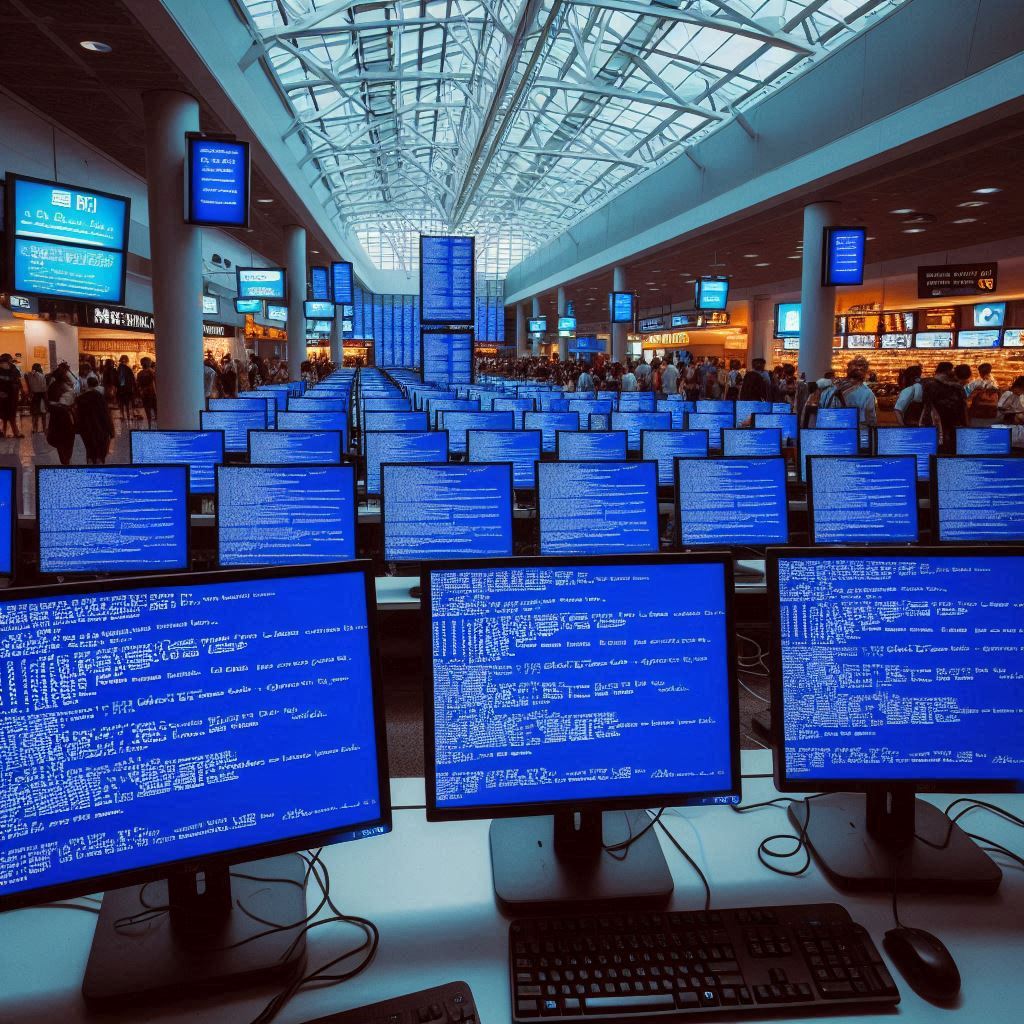On July 19, 2024, a defective kernel driver update released by CrowdStrike inadvertently triggered a cascade of system failures worldwide. The update, which was intended to bolster security measures, instead caused a widespread Blue Screen of Death (BSOD) across various Microsoft Windows Operating Systems, disrupting essential services including airlines, banks, healthcare, and public transit systems.
The incident has been a wake-up call for the cybersecurity industry, highlighting the inherent vulnerabilities of a system overly dependent on constant updates. Kernel updates, in particular, are a double-edged sword; while they are crucial for system security, they also carry the risk of significant system disruptions if not executed flawlessly.
In the aftermath, cybersecurity experts and industry leaders are advocating for a shift towards more resilient security architectures. One such approach is the Zero Trust Architecture (ZTA), which, unlike traditional detection-based security, does not rely on recognizing known threats alone. Instead, it treats all unknown executables with suspicion, containing them in a virtualized environment where they can cause no harm.
As businesses and organizations grapple with the implications of the CrowdStrike incident, the conversation is turning towards prevention and preparedness. How can we ensure that our security measures do not become the very threat they are meant to protect us from? The answer may lie in embracing innovative security models that prioritize containment over detection, and in doing so, safeguard our digital infrastructure against the unforeseen.
The CrowdStrike BSOD nightmare serves as a stark reminder that in the digital age, our security is only as strong as the weakest link in the chain. It is a call to action for a collective reevaluation of our cybersecurity strategies, ensuring they are robust enough to withstand not just the threats of today, but the uncertainties of tomorrow.



